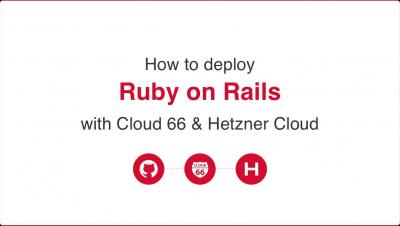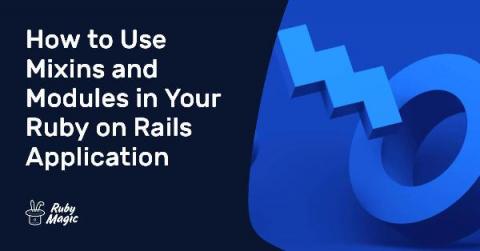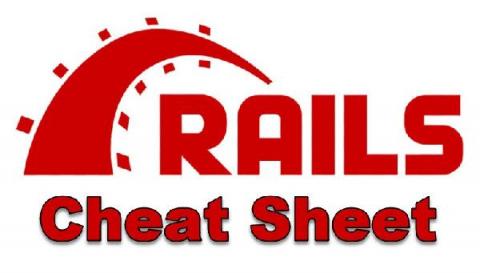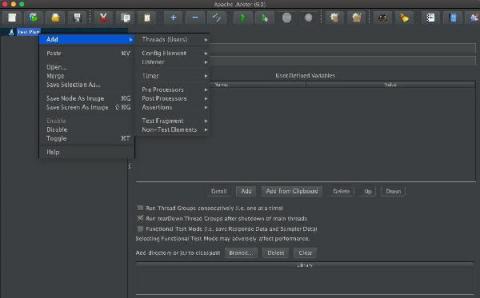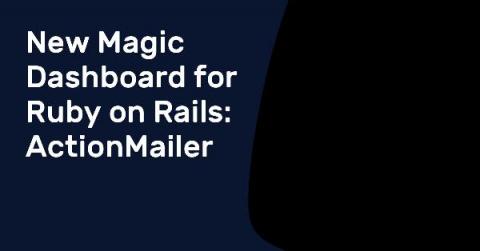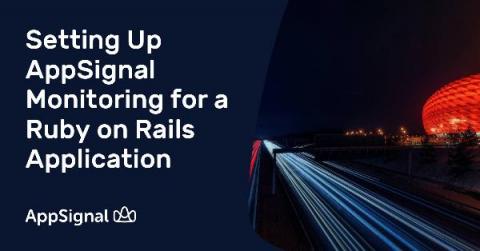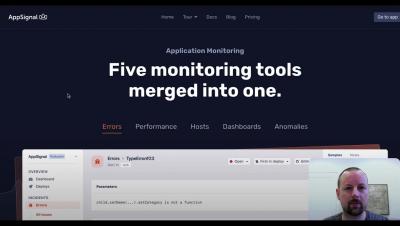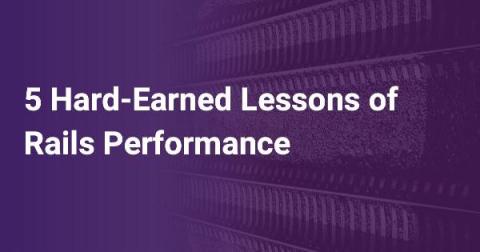Ruby on Rails Development Setup for Beginners
Today we will install Ruby on Rails (RoR) on a Debian Linux operating system (Ubuntu 18.04 LTS). With that said, RoR is compatible with other operating systems with just a few tweaks. This blog will assist you in installing RoR with a simple step-by-step process. Your installation may differ, for other operating systems refer to this site. I am new to developing and have been using Ubuntu 18.04 LTS, a flavor of Debian Linux, for my projects.



